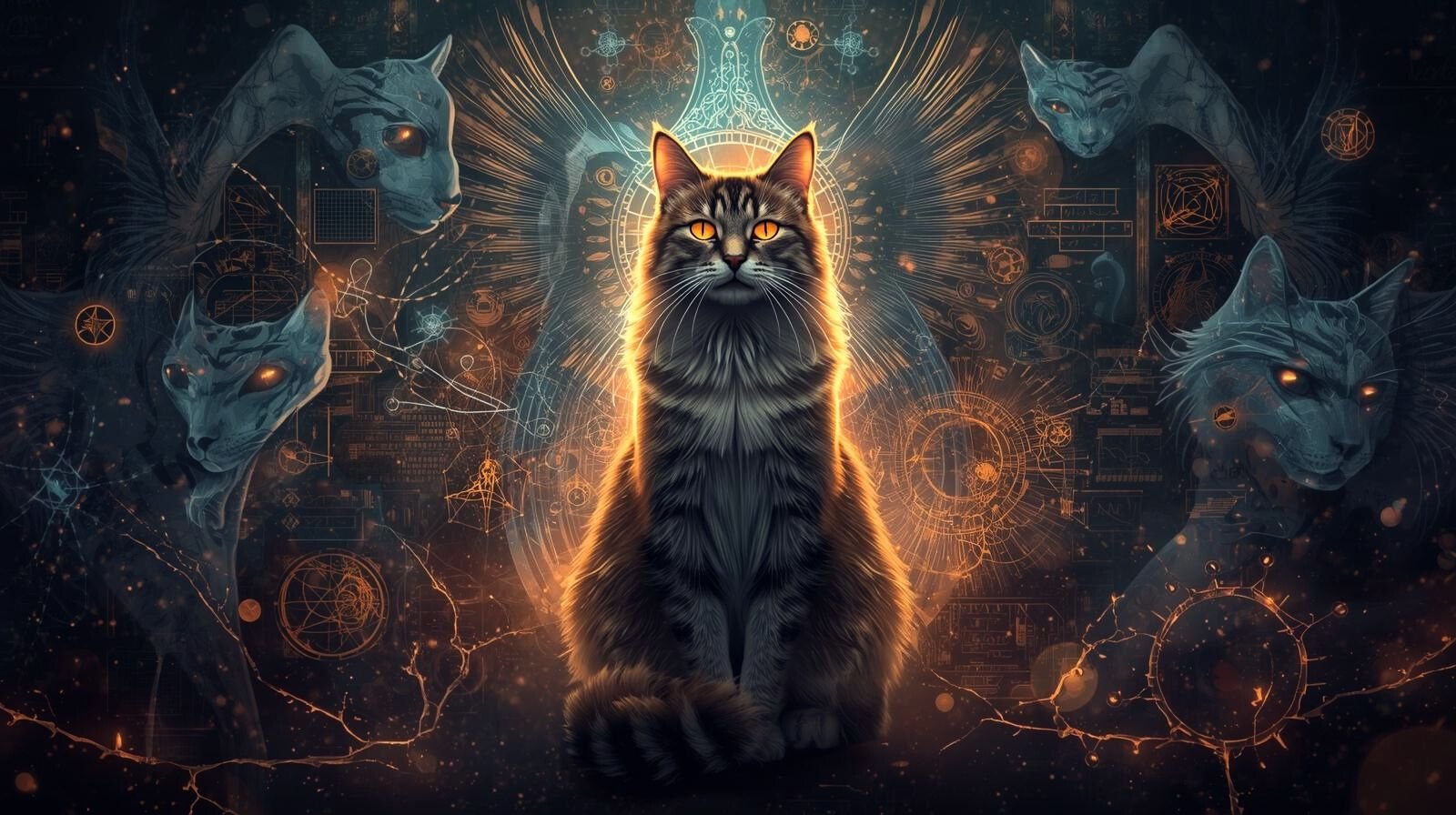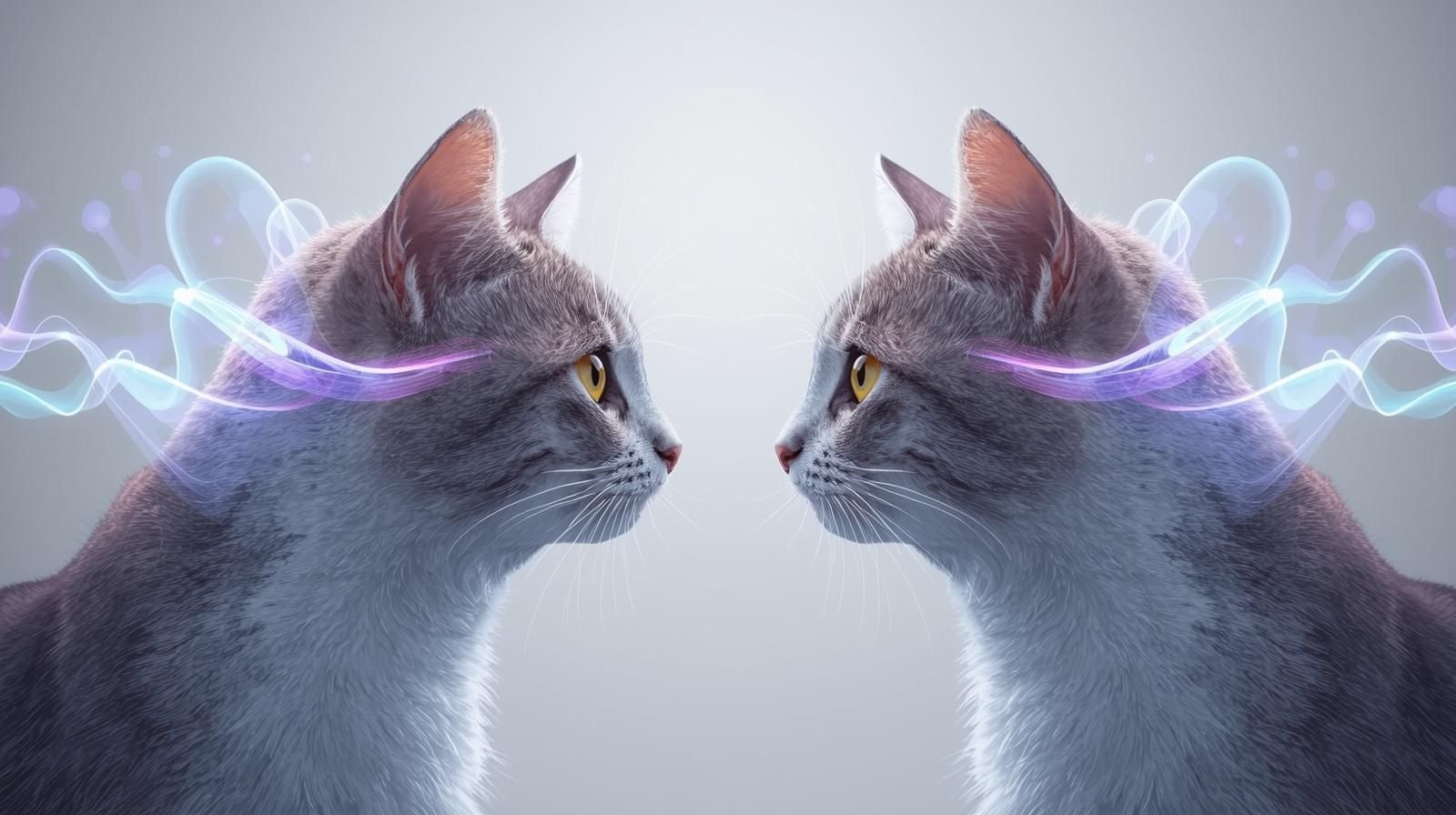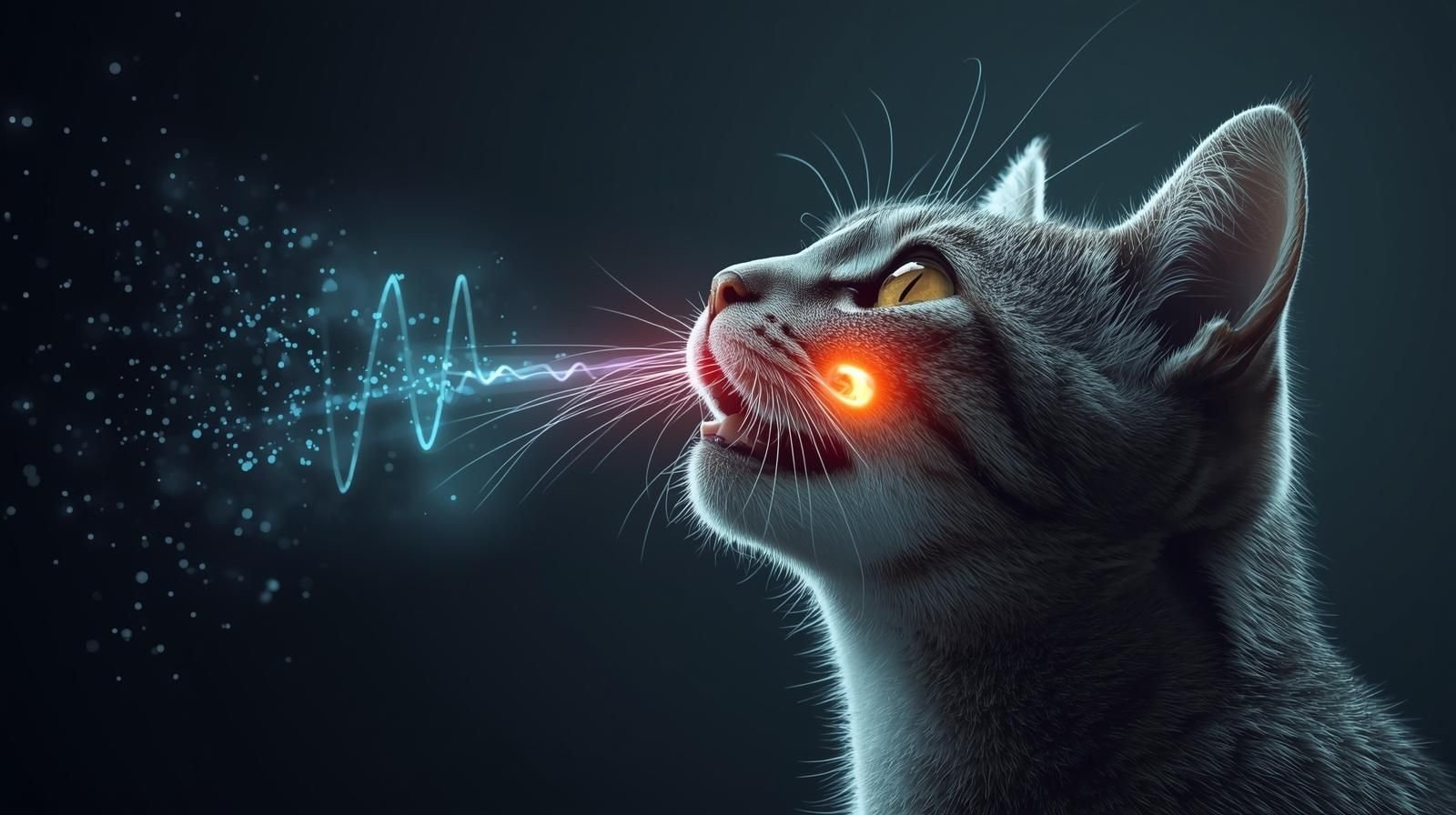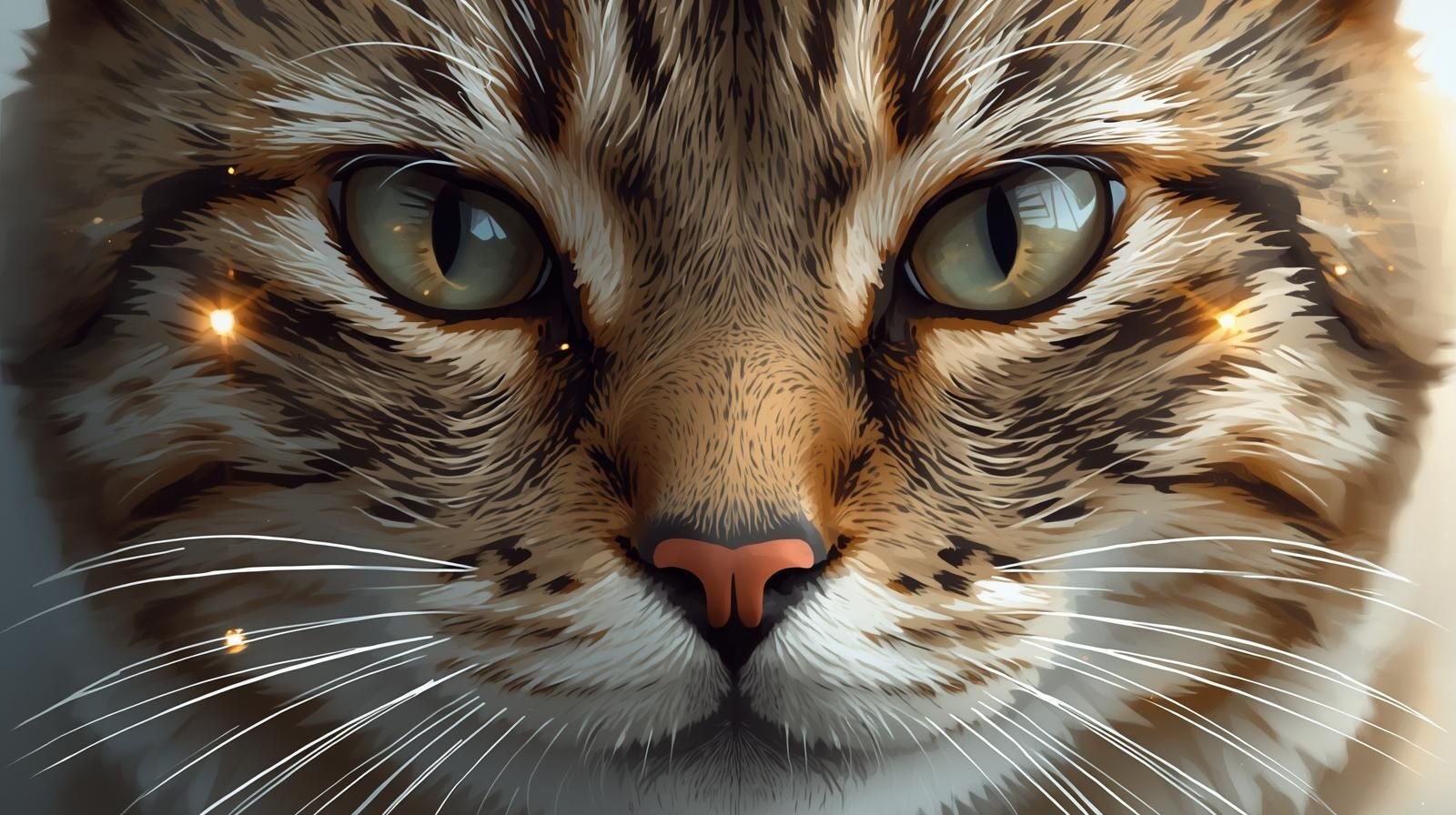New user? Enjoy 10% OFF on your first order. Use code PAW10 during checkout

Cats have captivated humans for thousands of years, yet many of their behaviors remain mysterious to even the most devoted feline enthusiasts. Recent scientific research has uncovered fascinating insights into the complex world of cat psychology, revealing that our feline friends are far more sophisticated than we ever imagined.
Your Cat is 95.6% Tiger
One of the most remarkable discoveries about domestic cats is their genetic similarity to their wild ancestors. House cats share an astounding 95.6% of their DNA with tigers, and this genetic legacy manifests in numerous everyday behaviors. When your cat scratches furniture, stalks toys, or marks territory by rubbing against objects, they’re exhibiting the same instinctual behaviors as their jungle cousins.
Cats Developed Meowing Specifically for Humans
Perhaps one of the most surprising behavioral adaptations is that meowing is primarily a learned behavior cats developed exclusively to communicate with people. Adult cats rarely meow at other cats—instead, they rely on body language, scent marking, and other vocalizations like hissing or purring.
This means every meow your cat directs at you is a deliberate attempt to communicate something specific. Over time, many cats develop personalized “vocabularies” with their owners, using different meow tones and patterns to request food, attention, or access to different areas. This sophisticated communication system demonstrates how cats have adapted to living alongside humans.
The Secret Language of Slow Blinking
When cats slowly close and open their eyes while looking at you, they’re giving you what experts call a “kitty kiss”. This slow blinking behavior is a powerful signal of contentment and trust that cats rarely display to strangers or threats.
Recent research has shown that cats are more likely to slow blink at their owners during positive interactions, and remarkably, cats will often slow blink back when humans initiate this behavior. This creates a unique form of non-verbal bonding that strengthens the human-cat relationship. Understanding and reciprocating slow blinks can significantly improve your connection with your feline companion.
Cats Experience Rapid Facial Mimicry
A groundbreaking 2024 study revealed that domestic cats exhibit rapid facial mimicry during social interactions, particularly in affiliative contexts. This means cats unconsciously mirror the facial expressions and ear movements of other cats they’re bonding with—a behavior previously thought to be primarily limited to primates and some other mammals.
The research found that ear movements are especially prone to this mimicry behavior, suggesting that cats are far more attuned to subtle facial cues than previously understood. This discovery challenges the long-held belief that cats are primarily solitary animals and reveals a sophisticated level of social awareness.

The Mystery of the Exposed Belly
When cats roll over and expose their bellies, many people interpret this as an invitation for belly rubs—but this assumption often leads to scratched hands. In reality, belly exposure is primarily a sign of trust and relaxation, not necessarily a request for physical interaction.
Cats expose their most vulnerable area only when they feel completely safe in their environment. While some cats do enjoy gentle belly rubs, many prefer to be admired from a distance when they’re in this vulnerable position. Learning to read the accompanying body language—relaxed facial expressions, purring, and loose body posture—can help determine whether your cat is inviting touch or simply showing trust.
Tail Communication is More Complex Than You Think
Cat tail positions and movements form an intricate communication system that goes far beyond the simple “happy” or “angry” interpretations most people know. A straight, almost vibrating tail indicates extreme happiness and excitement to see you, while a tail draped over another cat or even over you serves as a symbol of friendship.
Contrary to dogs, when cats wag their tails, it’s typically a warning sign that they’re becoming irritated or overstimulated. A question-mark-shaped tail indicates a playful mood and willingness to interact. Understanding these subtle tail signals can help prevent misunderstandings and strengthen your bond with your cat.
Cats Have an Extra Sensory Organ
Cats possess a remarkable extra organ called the vomeronasal organ, which allows them to literally taste scents in the air. This explains the peculiar behavior where cats open their mouths slightly and appear to “taste” the air, often after encountering new or interesting smells.
This organ, located in the roof of their mouth, provides cats with information about their environment that goes far beyond what humans can perceive. It helps them identify other cats, detect emotional states, and even determine the reproductive status of other animals. This sophisticated sensory capability contributes to cats’ reputation for being highly aware of their surroundings.

Kneading Behavior Continues Adult Emotional Bonds
The adorable “making biscuits” behavior, where cats push their paws alternately against soft surfaces, originates from kittenhood nursing behavior. Kittens knead their mothers’ bellies to stimulate milk flow, and this behavior becomes associated with comfort, security, and contentment.
Adult cats continue kneading as a self-soothing behavior and as a way to show affection to their human companions. Cats often knead their owners’ laps, beds, or favorite blankets, effectively treating these items as surrogate mother figures. This behavior demonstrates the deep emotional bonds cats form and their need for comfort and security throughout their lives.
Cats Love Their Humans as Much as Dogs Do
One of the most significant recent research findings challenges the stereotype that cats are aloof and independent compared to dogs. A landmark study from Oregon State University demonstrated that cats form secure attachment bonds with their owners that are remarkably similar to those formed by dogs.
In the study, over 65% of both kitten and adult cat subjects showed secure attachment behaviors, quickly calming down and resuming exploration when reunited with their owners after separation. This research proves that cats experience genuine emotional distress when separated from their beloved humans and actively seek comfort from their presence.
The Science Behind Whisker Communication
Cat whiskers serve as incredibly sensitive mood indicators that many owners overlook. When cats are scared or defensive, they pull their whiskers back against their faces, while forward-pointing whiskers indicate hunting mode or intense interest.
Whiskers aren’t just on cats’ faces—they also have them on the backs of their front legs, which help them navigate and assess their prey during hunting behaviors. These specialized hairs can detect minute air currents and vibrations, providing cats with detailed information about their environment even in complete darkness. Understanding whisker positions can give owners valuable insights into their cats’ emotional states and intentions.

Understanding Your Feline Friend
These fascinating behavioral insights reveal that cats are far more complex, social, and emotionally intelligent than traditional stereotypes suggest. Modern research continues to uncover new aspects of feline psychology, showing that cats have evolved sophisticated ways to communicate, bond, and thrive alongside their human companions.
By understanding these lesser-known aspects of cat behavior, owners can develop deeper, more meaningful relationships with their feline friends. Recognizing the subtle signals cats use to communicate their needs, emotions, and intentions allows for better care and stronger bonds that benefit both cats and their human families.
